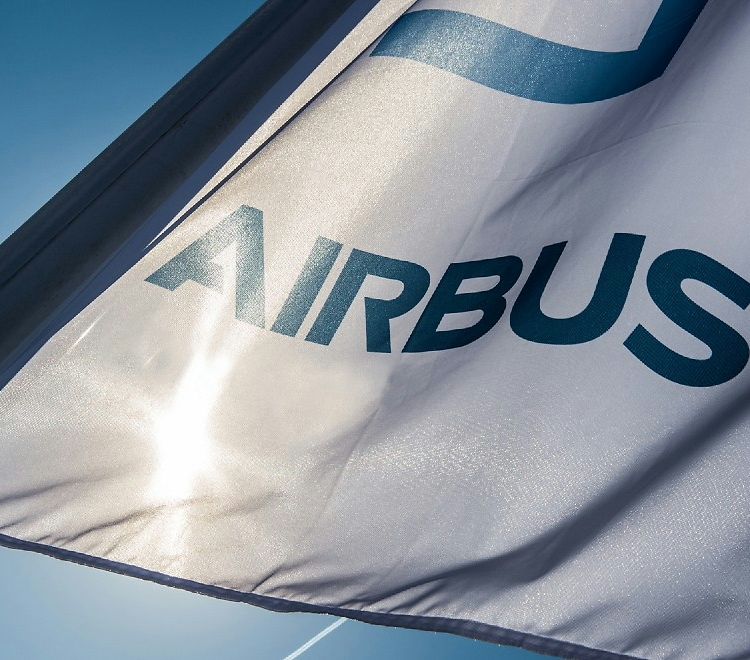Summary
- - European Space Agency experiment success with UK astronaut driving Airbus Mars rover into a simulated cave - Experiment demonstrated autonomous navigation and human control are complementary
British ESA astronaut Tim Peake successfully drove Airbus Defence and Space’s Mars rover called Bridget live from the International Space Station at the Stevenage Mars yard (UK) test area today. The experiment is part of the European Space Agency’s (ESA) Meteron (Multi-Purpose End-To-End Robotic Operation Network) programme to look at how humans and robotics can work together.
The experiment was to investigate if an astronaut could drive a rover in a dark environment. In normal daylight conditions, the rovers currently under development in Stevenage have autonomous navigation; they can plot a route and drive themselves safely across the Martian surface. But in dark conditions, where battery life becomes an issue due to a lack of sunlight, having the rover controlled by an astronaut ensures that it can perform the maximum science and overcome unexpected obstacles more quickly.
Tim took control of the Bridget rover at 15.00 BST. He drove the rover through the entrance of the simulated cave in the Stevenage Mars yard test area using an LED light to see which way to go. After exploring the cave he turned off the LED and then switched on an ultraviolet light to try to find targets which had been placed inside the simulated cave.
After two hours driving and exploring Tim drove the rover out of the cave and handed control back to ESA’s European Space Operations Centre in Darmstadt (Germany).
Colin Paynter, Head of Airbus Defence and Space in the UK said: “Today was an excellent demonstration bringing together teams from Belgium, Germany, the UK and in orbit! This experiment is another step forward in developing exciting technologies to benefit future space exploration.”
Minister for Universities and Science Jo Johnson said: “The UK is playing a leading role in international space programmes like Meteron and ExoMars, tackling incredibly complex and exciting challenges from space. This European partnership demonstrates how UK technology and scientific expertise are helping open up our Solar system and the development of new technologies that bring new jobs to the UK and help to solve problems back on Earth.”
The experiment provided valuable data for validating autonomous and real-time telerobotic operations from space to ground and will contribute to the development of new operations concepts and technologies needed for future space exploration missions. The rover for ESA’s ExoMars 2018 mission is being built by Airbus Defence and Space and will be capable of navigating autonomously on the surface of the red planet.
The Mars yard is 30m by 13m and was divided in two using a partition to simulate the entrance to a cave. Before Tim drove the Bridget rover, one of the other Mars rover prototypes successfully navigated autonomously across the Mars yard to the cave entrance. The cave structure was built by specialists from the Gordon Craig Theatre in Stevenage.
About Airbus Defence and Space
Airbus Defence and Space, a division of Airbus Group, is Europe’s number one defence and space enterprise and the second largest space business worldwide. Its activities include space, military aircraft and related systems and services. It employs more than 38,000 people and in 2015 generated revenues of over 13 billion Euros.
Press contacts:
Gregory Gavroy
+ 33 1 39 06 89 42
gregory.gavroy@airbus.com
Jeremy Close
+ 44 14 38 77 38 72
jeremy.close@airbus.com
